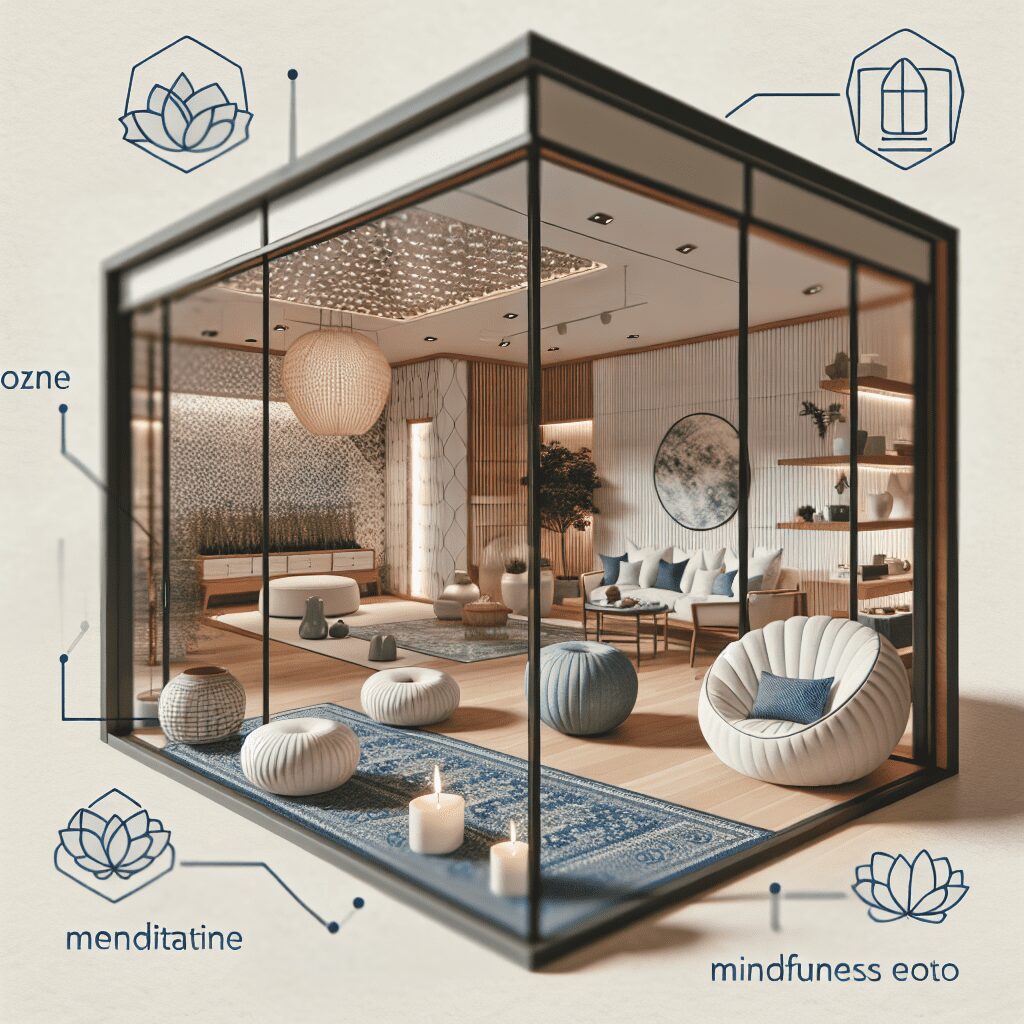
Prioritize your mental well-being daily. Enhance your life by nurturing your mental health with the Smart Meditation app. Break free from stress, alleviate anxiety, and enhance your sleep quality starting today.
How To Do Brain Meditation?
Unlocking the Power of Mindfulness: The Path to Brain Meditation
In the ever-spinning world of deadlines, distractions, and digital bombardments, finding a moment of tranquility can feel like searching for a needle in a haystack. Yet, in the maze of modern life, brain meditation emerges as a beacon of calm, promising not just peace but a plethora of cognitive benefits. But how does one navigate this path? Let’s dive into the art and science of brain meditation, transforming our minds into sanctuaries of serenity.
The Science Behind Brain Meditation
Before we embark on our journey of mental tranquility, let’s demystify what brain meditation is and why it’s the talk of the town. At its core, brain meditation involves engaging in practices that enhance mindfulness and concentration, leading to improved mental function and emotional well-being. Studies have shown that regular meditation can sculpt the brain in astonishing ways; from thickening areas associated with attention and sensory processing to reducing age-related brain atrophy. It’s like taking your brain to the gym, except there’s no sweat involved!
Crafting Your Meditation Practice
Embarking on a meditation journey might seem daunting, but fear not! Initiating this transformative practice is simpler than one might think. Here are some steps to guide you along the way:
-
Find Your Sweet Spot: Start by choosing a quiet space where you won’t be disturbed. It could be a cozy corner of your room, a serene spot in your garden, or even a peaceful park bench.
-
Timing is Key: Dedicate a specific time of day for your practice. Whether it’s the golden hour of dawn or the tranquil twilight, sticking to a regular schedule trains your brain to slip into a meditative state more effortlessly.
-
Get Comfortable: Sit in a comfortable position, preferably with your back straight to keep sleepiness at bay. If sitting on the floor is a no-go, a chair works just as well. The goal is to be comfy but alert.
-
Focus on Your Breath: Close your eyes and turn your attention to your breath. Notice the sensation of air flowing in and out of your nostrils or the rise and fall of your chest. Don’t try to control your breathing, just observe.
-
Embrace the Wander: It’s natural for your mind to meander. When you catch yourself getting lost in thoughts, gently redirect your focus back to your breath. It’s this act of returning your attention that flexes your mindfulness muscle.
-
Start Small and Scale Up: Begin with five minutes a day and gradually extend the duration. Like building any skill, consistency is crucial. You wouldn’t expect to run a marathon without training, right?
Navigating the Common Roadblocks
Embarking on a meditation journey isn’t without its hiccups. Here are a few tips to keep you on track:
- The Fidgets: Find yourself squirming? Adjust your posture before you start, and use cushions for extra comfort.
- The Naysayer Within: Encountering a bit of internal skepticism? Give it time. The benefits of meditation unfold with consistent practice.
- The Time Crunch: Strapped for time? Even a minute of focused breathing is better than none. It’s about quality, not quantity.
Final Thoughts: A Mind Renewed
In a world where our thoughts often race ahead or linger in the past, brain meditation offers a sanctuary of the present. It’s not just about finding a sliver of peace in the chaos but about remodeling our brains to navigate life’s storms with grace. So, why not give it a whirl? Your brain might just thank you.





